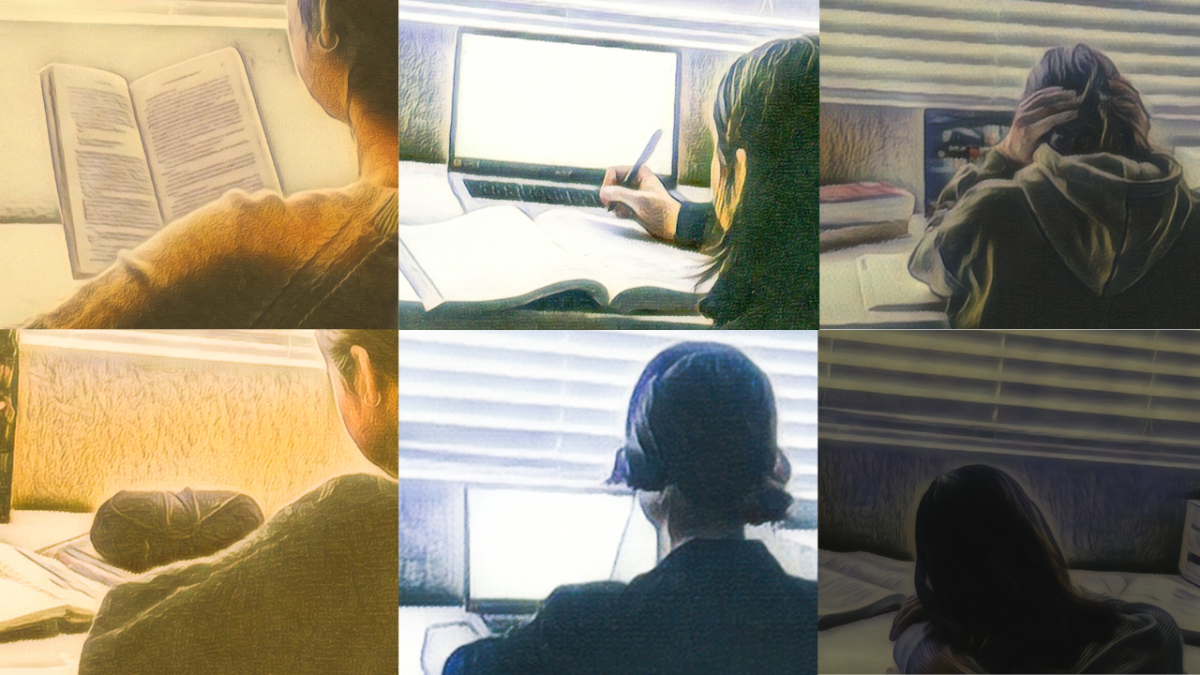The New SAT: Love it or Leave it?

October 16, 2014
Yes, I am tackling the topic of the redesigned SAT; and yes, I am getting into the nitty gritty of this new dazzling test. To any readers still with me after reading the title of this article: brace yourself.
If you are still reading this, (thanks) I sincerely hope that you have realized that my tone is entirely sarcastic and that the new and improved SAT is nothing to fear, nor dread (very much).
According to CollegeBoard.com, the new SAT is designed to test the areas that matter most for college readiness and success. Centered on eight key changes, the redesigned test is predicted to cater specifically towards the currently taught subjects in high school.
Change Number 1:Relevant Words In Context
The redesigned SAT will focus on relevant words, the meanings of which depend on how they’re used. Students will be asked to interpret the meaning of words based on the context of the passage in which they appear. Requiring students to master relevant vocabulary will change the way they prepare for the exam. No longer will students use flashcards to memorize obscure words, only to forget them the minute they put their test pencils down.
Change Number 2: Command of Evidence
When students take the Evidence-Based Reading and Writing and Essay sections of the redesigned SAT, they will be asked to demonstrate their ability to interpret, synthesize, and use evidence found in a wide range of sources. These include informational graphics and multiparagraph passages excerpted from literature and literary nonfiction; texts in the humanities, science, history, and social studies; and career-related sources.For every passage students read in the SAT Reading Test, there will be at least one question asking them to select a quote from the text that best supports the answer they have chosen in response to the preceding question. Questions in the SAT Writing and Language Test will also focus on command of evidence. Students will be asked to analyze sequences of paragraphs to make sure they are correct, grammatically and substantively.
Change Number 3: Essay Analyzing a Source
The focus of the Essay section on the redesigned SAT will be very different from the essay on the current SAT. Students will read a passage and explain how the author builds an argument to persuade an audience. Students may analyze such aspects of the passage as the author’s use of evidence, reasoning, and stylistic and persuasive elements. This task more closely mirrors college writing assignments because the essay prompt will be shared in advance and remain consistent, only the passage will change. The Essay will be an optional component of the SAT, although some school districts and colleges will require it.
Change Number 4: Focus on Math That Matters Most
The exam will focus in depth on three essential areas of math: Problem Solving and Data Analysis, the Heart of Algebra, and Passport to Advanced Math. Problem Solving and Data Analysis is about being quantitatively literate. It includes using ratios, percentages, and proportional reasoning to solve problems in science, social science, and career contexts. The Heart of Algebra focuses on the mastery of linear equations and systems, which helps students develop key powers of abstraction. Passport to Advanced Math focuses on the student’s familiarity with more complex equations and the manipulation they require. In addition to these areas, the exam will sample additional topics in math, including the kinds of geometric and trigonometric skills that are most relevant to college and careers.
Change Number 5: Problems Grounded In Real-World Contexts
Throughout the redesigned SAT, students will engage with questions grounded in the real world, questions directly related to the work performed in college and career. In the Evidence-Based Reading and Writing section, reading questions will include literature and literary nonfiction, but also feature charts, graphs, and passages like the ones students are likely to encounter in science, social science, and other majors and careers. Students will be asked to do more than correct errors; they’ll edit and revise to improve texts from the humanities, history, social science, and career contexts. The Math section will feature multistep applications to solve problems in science, social science, career scenarios, and other real-life contexts. Students will be presented with a scenario and then asked several questions about it.
Change Number 6: Analysis in Science and in History/Social Studies
When students take the redesigned SAT, they will be asked to apply their reading, writing, language, and math skills to answer questions in science, history, and social studies contexts. Students will encounter challenging texts and informational graphics that pertain to issues and topics like these in the Evidence-Based Reading and Writing section and the Math section. Questions will require them to read and comprehend texts, revise texts to be consistent with data presented in graphics, synthesize information presented through texts and graphics, and solve problems based in science and social science.
Change Number 7: Founding Documents and Great Global Conversation
The U.S. founding documents, including the Declaration of Independence, the Bill of Rights, and the Federalist Papers, have helped inspire a conversation that continues to this day about the nature of civic life. While the founding documents originated in the early American context, over time authors, speakers, and thinkers from the United States and around the world, including Edmund Burke, Mary Wollstonecraft, and Mohandas Gandhi, have broadened and deepened the conversation around such vital matters as freedom, justice, and human dignity. Every time students take the redesigned SAT, they will encounter a passage from one of the founding documents or from a text from the global conversation.
Change Number 8: No Penalty For Wrong Answers
Students will earn points for the questions they answer correctly, and points will not be subtracted from a question that is answered incorrectly.
With these innovative changes in mind, how does the new SAT truly compare to the currently designed test? There is no real way to know until March of 2016 when the first newly designed test is given. As a senior in October of her final year in high school, Rachel Stumpf says she “wishes that this new test was implemented in time for me to take it. Based on the descriptions, I think that this test will be far more useful in preparing for college.” The two most discussed changes seem to be the changes involving point scoring and essay writing. In the current SAT, a 1/4 of a point is subtracted from each question incorrectly answered. In this particular manner, the new SAT is significantly better because zero points will be deducted, despite the validity of the answer choice. However, concerns do loom around the fact that the essay in the new SAT will be optional. Will this give students the free pass out of twenty-five minutes of improvised pain? Or will this allow colleges to slim down the qualifying applicants in their admissions processes?
The world of standardized test taking will change considerably beginning in spring of 2016 with the implementation of the new SAT. For all underclassmen preparing to face it: Good luck. To all the juniors and seniors who have missed this opportunity: Better luck next time. You have CollegeBoard to thank.





































